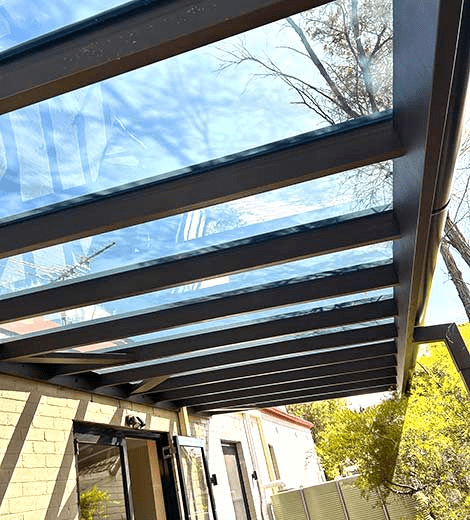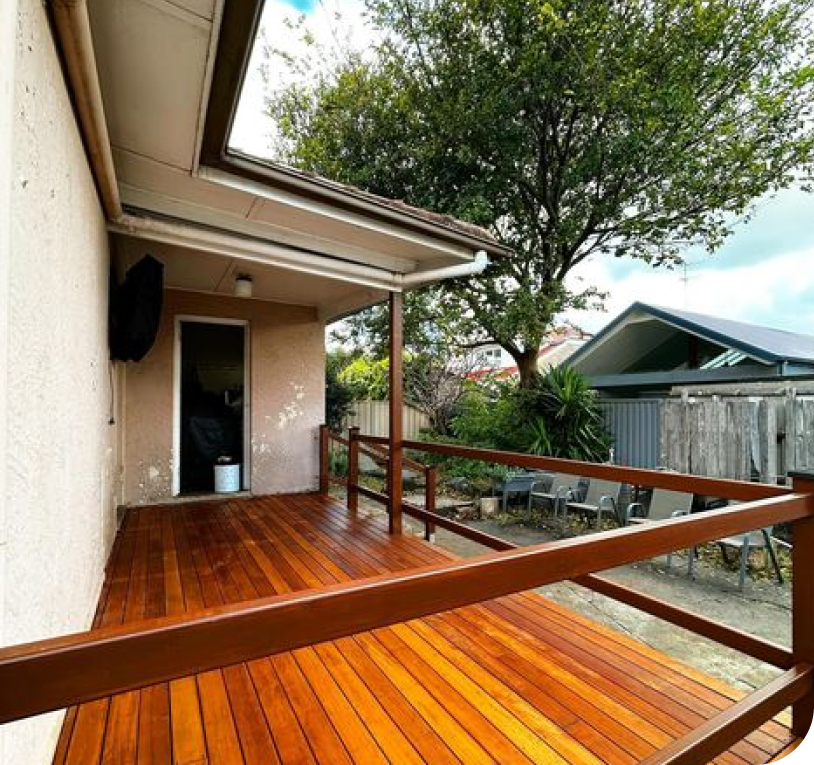Creating an outdoor sanctuary is a dream for many homeowners, and two popular options that often come to mind are pergolas and gazebos. Both structures offer a touch of elegance, shade, and a defined space for outdoor enjoyment, but each has its unique characteristics. Let’s explore the distinctions between pergolas and gazebos to help you decide which one is the perfect fit for your outdoor haven.
1. Architectural Elegance:
Pergola: A pergola is an open structure with cross beams and a sturdy open lattice, providing a sense of definition without completely closing off the space. Pergolas often boast a sleek, modern aesthetic, adding architectural interest to your outdoor area.
Gazebo: Gazebos, on the other hand, are enclosed structures with a complete roof and solid walls. They are more reminiscent of traditional pavilions and can evoke a sense of classic charm. Gazebos often serve as a focal point in a garden or yard.
2. Openness and Airiness:
Pergola: Pergolas offer an open and airy feel. The lattice roof allows sunlight to filter through, creating a dappled effect. This openness makes pergolas ideal for those who want partial shade while still enjoying the beauty of the sky.
Gazebo: Gazebos provide a more enclosed and sheltered space. With solid walls and a complete roof, they offer more protection from the elements, making them suitable for various weather conditions.
3. Versatility in Design:
Pergola: Pergolas are incredibly versatile in design. They can be attached to a building, stand alone, or act as a passage, such as a walkway or corridor. The open structure allows for creative landscaping and outdoor decor to be integrated seamlessly.
Gazebo: Gazebos are freestanding structures that serve as standalone features in a yard or garden. They are often used as focal points or gathering spaces and are available in various shapes, such as hexagonal, octagonal, or rectangular.
4. Functionality:
Pergola: Pergolas are excellent for defining outdoor spaces. They create a visual boundary for seating areas, dining spaces, or outdoor kitchens. Some pergolas may also support climbing plants, adding a touch of greenery to the structure.
Gazebo: Gazebos are fully enclosed, making them versatile for various uses. They can house outdoor dining sets, lounging furniture, or even a hot tub. The enclosed design provides more privacy and protection from insects, making it an ideal space for relaxation.
5. Budget Considerations:
Pergola: Pergolas tend to be more budget-friendly than gazebos. Their open design and typically simpler structure make them a cost-effective option for homeowners looking to enhance their outdoor space without breaking the bank.
Gazebo: Gazebos, with their more complex structure and enclosed design, can be a pricier investment. However, they offer additional features and a more sheltered space, making them a worthwhile option for those seeking a more substantial outdoor structure.
Conclusion:
In the debate between pergolas and gazebos, the right choice ultimately depends on your personal preferences, budget, and how you envision using your outdoor space. Whether you lean towards the openness of a pergola or the enclosed charm of a gazebo, both structures have the potential to transform your outdoor area into a welcoming haven. Consider your needs, style preferences, and budget constraints to make the decision that aligns perfectly with your vision of the ideal outdoor retreat.


